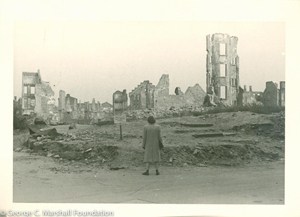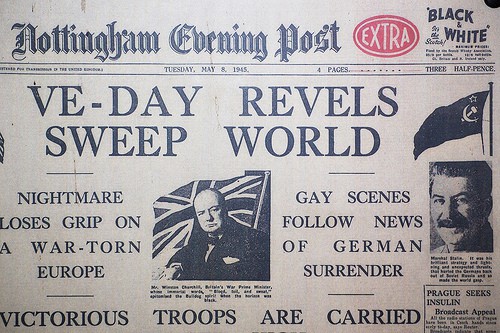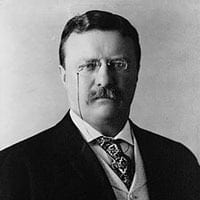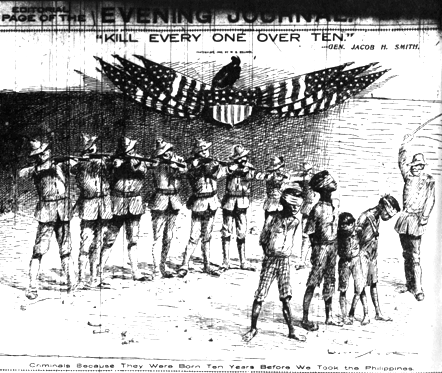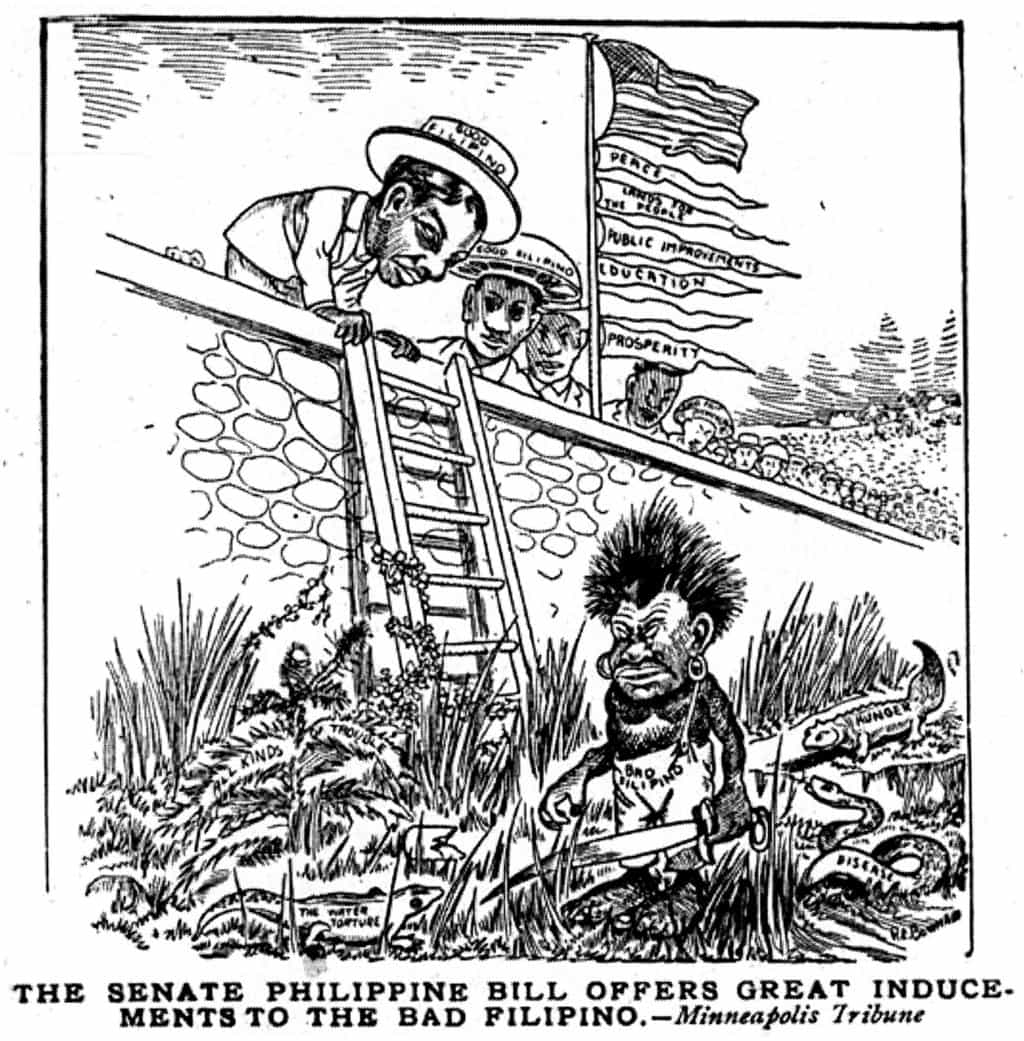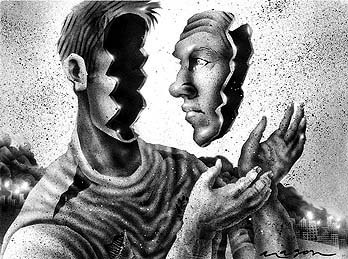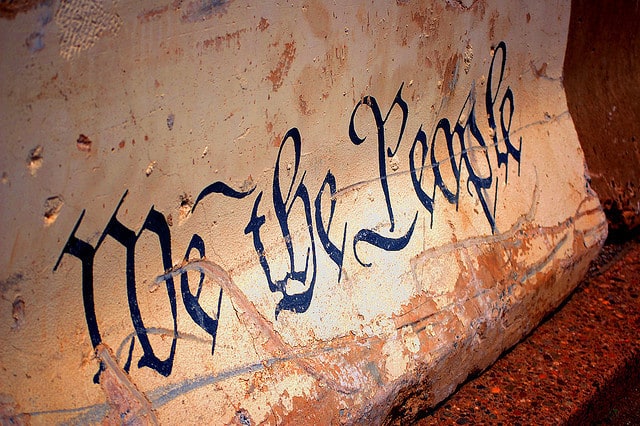
8th Grade Social Studies Lesson Study
Content – As we introduce our unit on the United States Constitution, we will examine the intent and underlying philosophies of the framers. The learning goal is to understand the concept of basic rights and the role of government.
Process – The students will be split up into groups of 5. Each group will be given a different scenario to analyze. The scenarios will focus on the tension between personal rights vs. the good of the community.
1) You want to build a mountain bike trail in the woods near your house, but in doing so you would be damaging rare bird habitat.
2) Your neighbor wants to turn his back yard into a hog farm, causing strange smells to waft through your window.
3) In an effort to curb obesity, the school no longer allows the drinking of soda or other sugary beverages in school.
4) The school implements a new zero tolerance policy for cell phone use. If a student is found using her phone during school hours, the phone will be confiscated for 1 week.
The groups will be given 10 minutes to discuss the possible outcomes and issues with their given scenario. We will then come back together and a representative from each group will explain their scenario to the group, identifying the central issue that is being argued, who are the main actors, and which side they support. The students will take notes on each other’s scenarios during the presentations. For homework, after reading the chapter in their textbook on the framers of the Constitution and their guiding philosophies, they will write a reflection of the exercise they did in class and how it fits into the issues at play in the crafting the Constitution.
Product –The students will have briefs of the scenarios from class and a written reflection.
Evaluation – The students will be evaluated informally by their participation and engagement in the exercises, and their ability to apply the concepts discussed in class to the history of our Constitution.
What kinds of thinking will students need to do to participate in the lesson?
The students will use strategic thinking such as formulating, assessing and analysis when they discuss the scenarios. For the reflection the students will need to use extended thinking like connecting and applying to make the connection from the classroom exercise to the history.
To what extent do students have options or choices regarding these lesson components?
The students can interpret the scenarios any way they choose. They have the option to align more with individual rights or the collective good, either answer is correct as long as they see that there is tension between the two. For their reflection they can choose what they found meaningful and how it relates to the history.

Personal Reflection
This project proved quite challenging for me because it involved both a lesson planning aspect and a technology aspect. These are two areas in which I have little experience. My original lesson was very much like a traditional lesson, there was a lecture, a worksheet, and a little bit of group work for the students. This is the way I was taught and is my first instinct when it comes to designing a lesson. However, we have learned repeatedly that students need to have more control of the learning to truly understand concepts. Through the peer review process I was able to rewrite my lesson to put almost all of the learning in the hands of the students. As the teacher I simply designed the lesson, but the students came up with all the content. I even decided to leave out the lecture all together and have the students try to make the connections themselves from the exercise to the homework reading. I can always fill in the blanks if the reflections reveal a lack of understanding of the concepts. Going forward I will attempt hold my lessons up to a standard of maximum allowable student interaction. I will see where I can replace my talking with student activity, discovery, and hopefully, understanding.
__________________________________________________________
we the people photo: Wang
reflection photo: essentialscafe
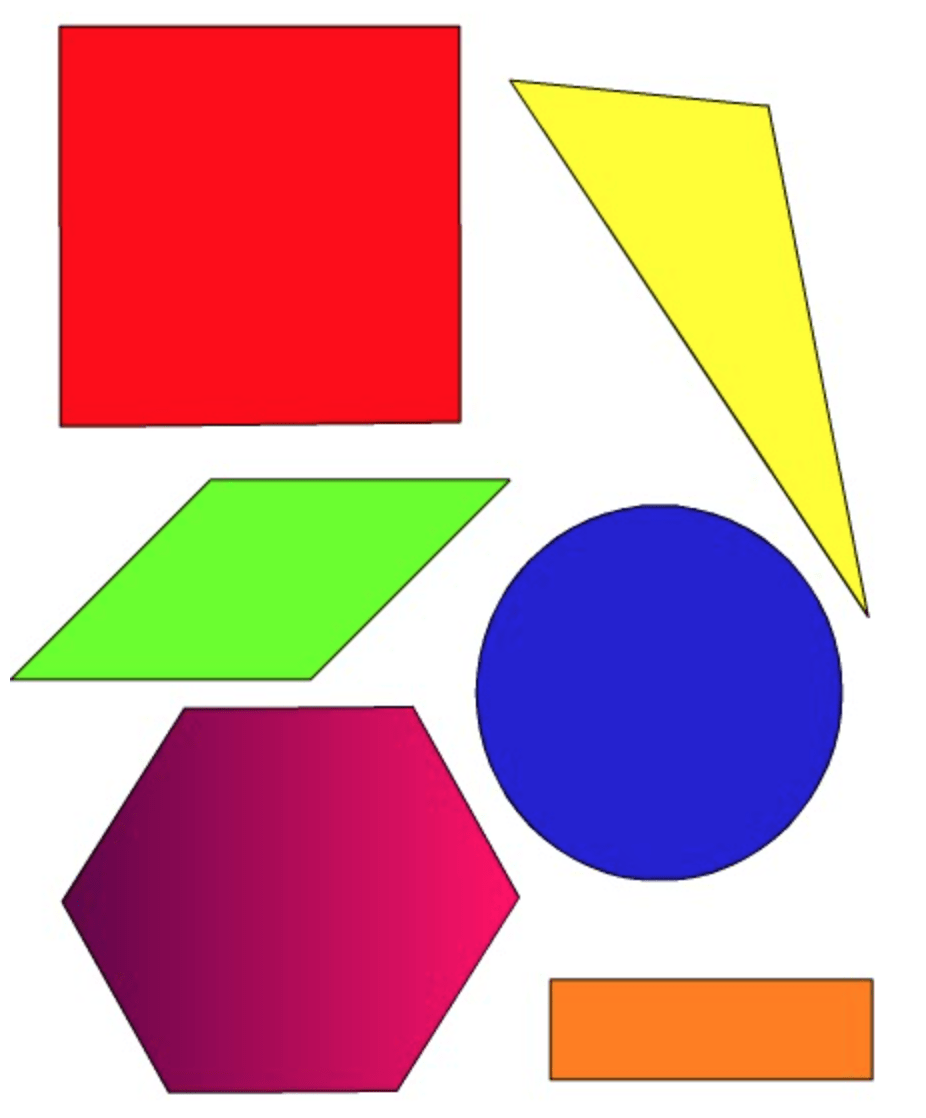 After spending a few weeks exploring the different avenues available to me for my DBQ, I am finally on a focused track to the finish. After switching my topic from the more obscure food history topic to the much more document rich Marshall Plan, my issue was not where to find documents, but just the opposite.
After spending a few weeks exploring the different avenues available to me for my DBQ, I am finally on a focused track to the finish. After switching my topic from the more obscure food history topic to the much more document rich Marshall Plan, my issue was not where to find documents, but just the opposite.
